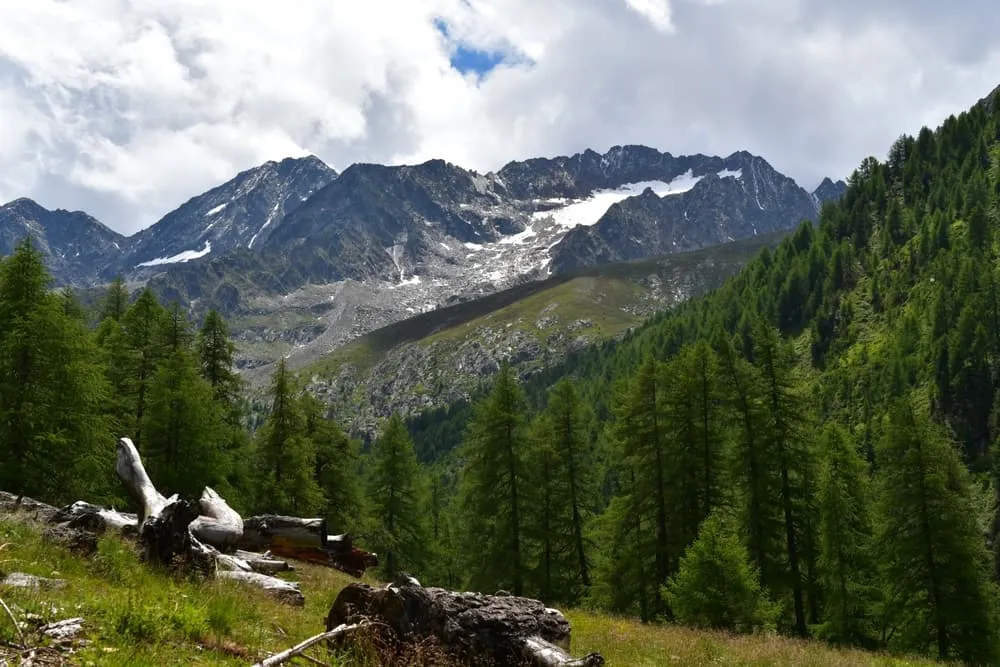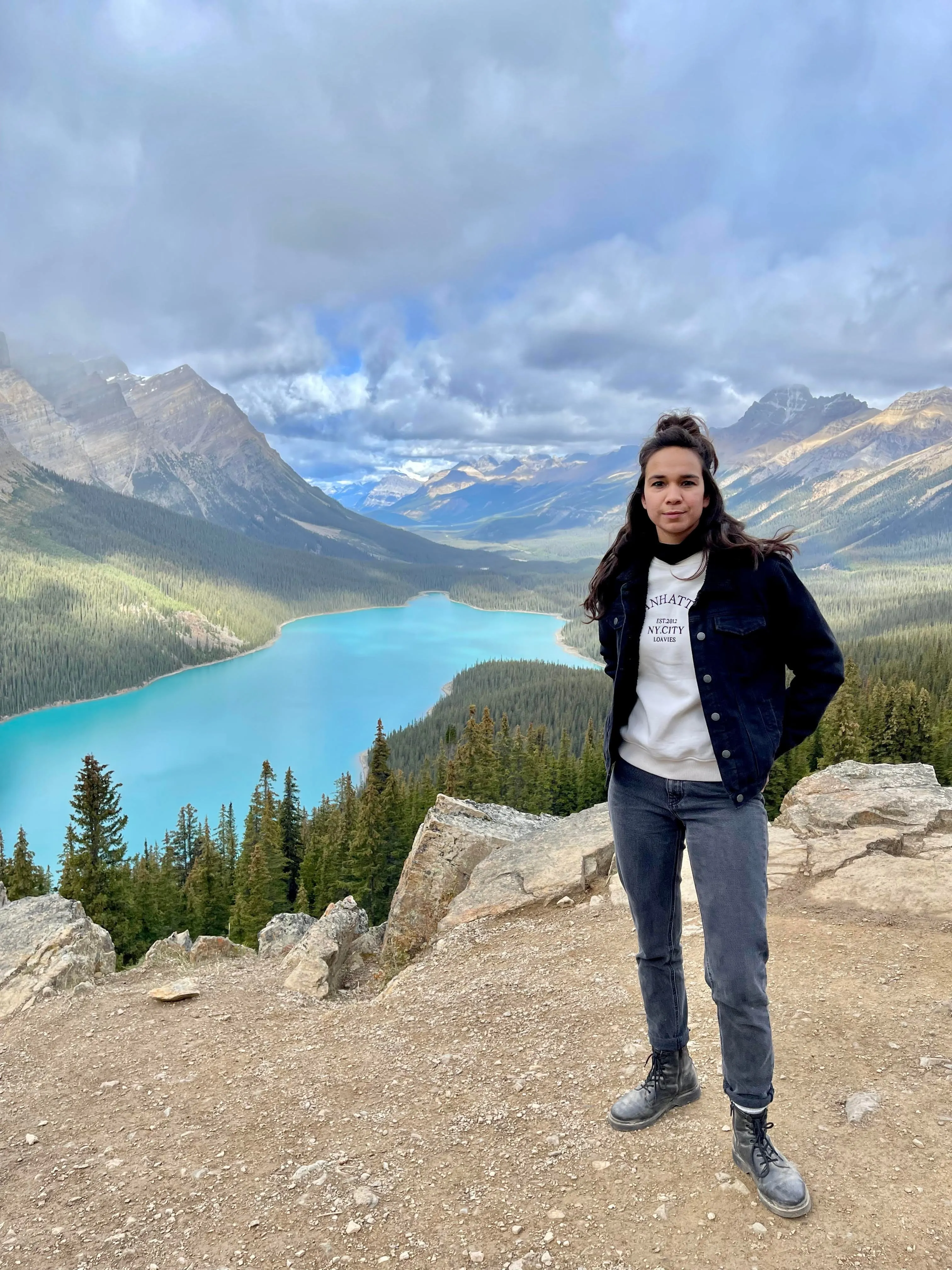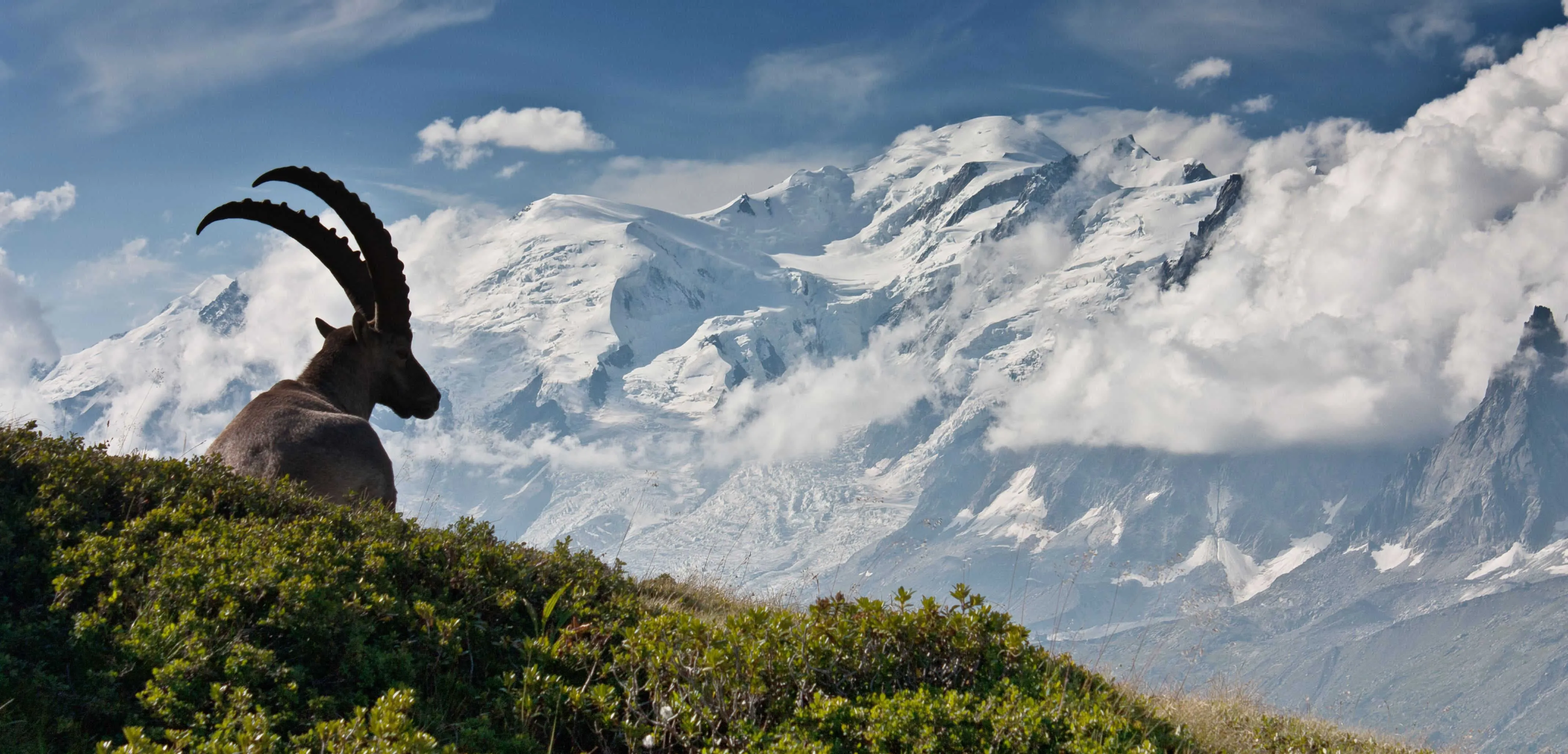Destinations
Trekking type


Northern Half of the Meraner Höhenweg with Hotel Before and After
> Trek the more challenging half of the Meraner Höhenweg
> Get to know the local culture and try typical Tyrolean dishes
> Accommodation in Merano before and after the trek is included
The Meraner Höhenweg is a 100-kilometer circular route through South Tyrol’s Texelgruppe Nature Park, showcasing diverse landscapes such as forests, vineyards, and alpine terrain. You can hike the full trail or explore sections, staying in mountain huts and local hotels for an authentic Tyrolean experience.
The northern half is the toughest, with its highest point reaching 2,895 meters at the Eisjöchl pass. It features steep climbs, rocky paths, and exposed ridges, leading you through high-altitude meadows and rugged alpine terrain. Ideal for experienced hikers, this section rewards you with panoramic views of the Ötztal Alps. Accommodation in Merano before and after the trek is included, making for a convenient and comfortable start and finish.
Itinerary
Included
-
Full travel guide
You’ll receive access to our trekking app, which serves as your complete digital travel guide for the Meraner Höhenweg. Inside, you’ll find everything you need for your trek: route descriptions, hiking maps, navigation support, payment information, and all the key details specific to your journey.
-
Hotels, Hostels or Huts
We arrange your accommodation on the Meraner Höhenweg in hotels, hostels or huts along the way. We have selected accommodations on our trek based on the length of each stage and recommendations from hikers who have gone before us on the Meraner Höhenweg.
-
Accommodation before and after the tour
Accommodation before and after the trek is included. Breakfast is (if possible) part of your stay.
-
Half board (where possible)
Accommodation in the huts includes dinner and breakfast, unless otherwise indicated in the exclusive list. This allows you to travel lighter and not have to worry about an extra meal. Please note, however, that lunch is not included, but can be purchased at the huts.
-
Breakfast in hotels (where possible)
Accommodation in the hotels includes breakfast whenever possible. We will arrange this for you as much as possible in advance. Please note that lunch and dinner are not included, but can be ordered at the accommodation or in the village.
-
Navigation support
Our trekking app also includes built-in navigation support. With GPS-based maps and offline access, you can follow the trail confidently and stay on route even without mobile signal.
Excluded
-
Traveling to and from
You have to make your own way to the starting point. The total amount does not include personal transport.
-
Transfers
Should you need any form of (public) transport on location, this is not part of the trekking package. This includes the use of taxi, bus, cable cars, gondolas, ferries, etc.
-
Travel Insurance
Your international travel insurance is your own responsibility. Discuss your itinerary with the insurance company before your trek.
-
Personal expenses
Personal expenses on such as souvenirs, drinks, and other similar expenses are for your own account.
FAQ
Is the Meraner Höhenweg for me?
What Is The Best Season for The Meraner Höhenweg?
How to Get To the Starting Point of the Meraner Höhenweg
How to Get Back After the End of the Trek
What if the dates I want are not available?
If I book now, can I immediately arrange the rest of my trip?
How do I know if this trek is right for me?
How to Book
Booking
Availability
Cancellation policy

Just for You
Get weekly inspiration with the best treks



